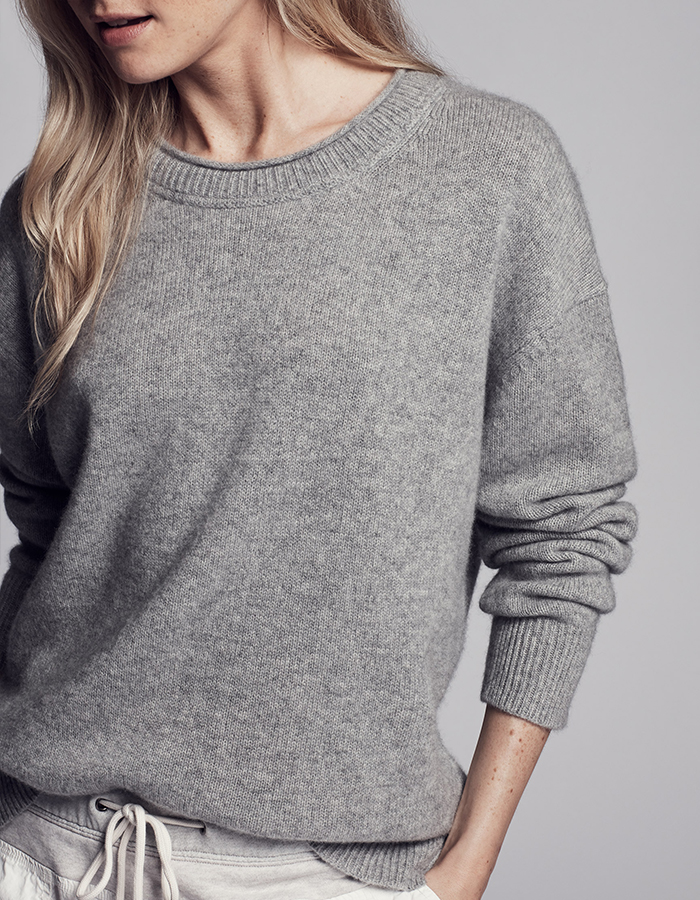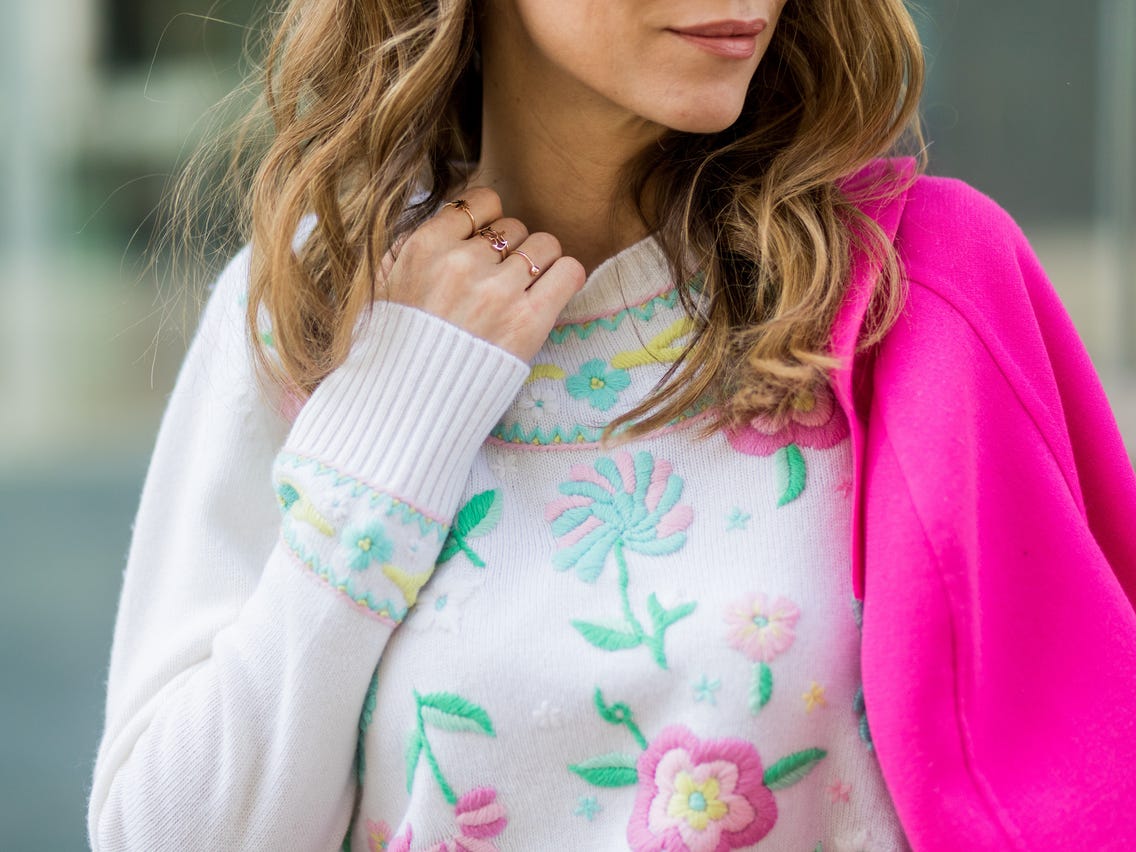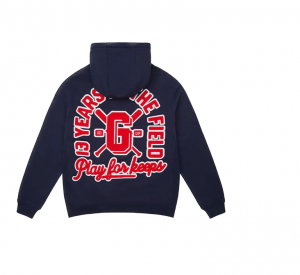Cashmere is definitely regarded as a luxury material, reserved for the wealthy or a rare investment piece. With one touch you can have the softness of cashmere. That alone will probably be worth the price tag, but there are a lot more reasons that cashmere costs a lot. The high price of cashmere sweaters and other items starts with understanding what cashmere is and how it is manufactured.
What Is Cashmere Manufactured From?
Cashmere is manufactured out of the hair of the Cashmere (Kashmir) or down goat. This type of goat is specifically bred for the purpose of harvesting its hair to build the cashmere material that people utilization in sweaters, scarves, and other garments. It is more challenging to gather and process than other materials, like wool.
Wool is manufactured out of a sheep’s fleece, the fluffy coat externally of these bodies. A sheep’s fleece can be sheared off as one which is collected one per year. Cashmere, however, is made of the fine, soft undercoat or under layer of hair on the goat. The straighter and coarser outer coat is called guard hair. These two must be separated. And in line with the Cashmere and Camel Hair Manufacturer’s Institute, it’s quite the process. “The specialty animal hair fibers are collected during molting seasons when the animals naturally shed their hairs. Goats molt during a several-week period in spring. The down is removed yourself with a coarse comb or the animals are sheared.”

How Come Cashmere Expensive?
As noted above, the labor intensiveness of collecting and creating cashmere is area of the reason the finish products cost a great deal. It needs more work to collect the hair from each goat. And it take a lot of goats to make a single sweater. According to a cashmere goat farmer, it “it requires about four goats to make one sweater.” Everything that work and all those goats means an increased price in the shop.
It’s worth noting that labor practices in several countries also account for the finish price of garments, including cashmere. In case that is not local you will see less or even more taxes or fees, with respect to the agreements between foreign countries. Every part of the manufacturing process makes up about costs. So depending on where and how the hair was harvested, where the material was made, who created the garment, where it was shipped, and lastly in which store it was sold will all play a role in the entire price.
In addition to ethical labor practices for the farmers and manufacturers, there are ethical practices to consider for the goats themselves. Treating and feeding animals with more care could require more funds. You could expect to pay more for cage-free eggs or free range chicken because the animals are treated with an increase of care. Similarly you might choose to pay more for a cashmere sweater or scarf made by a company which makes more ethical choices for the animals it uses to make that product.





